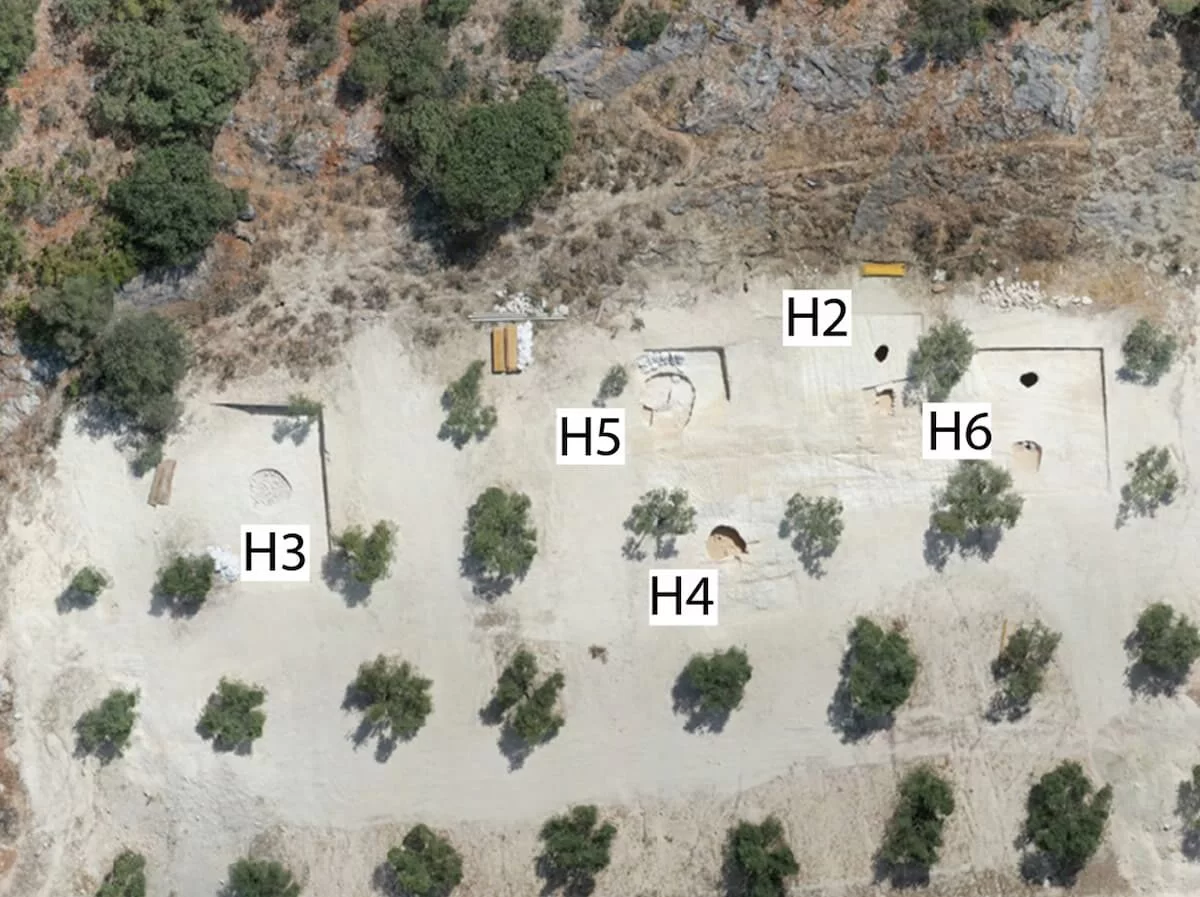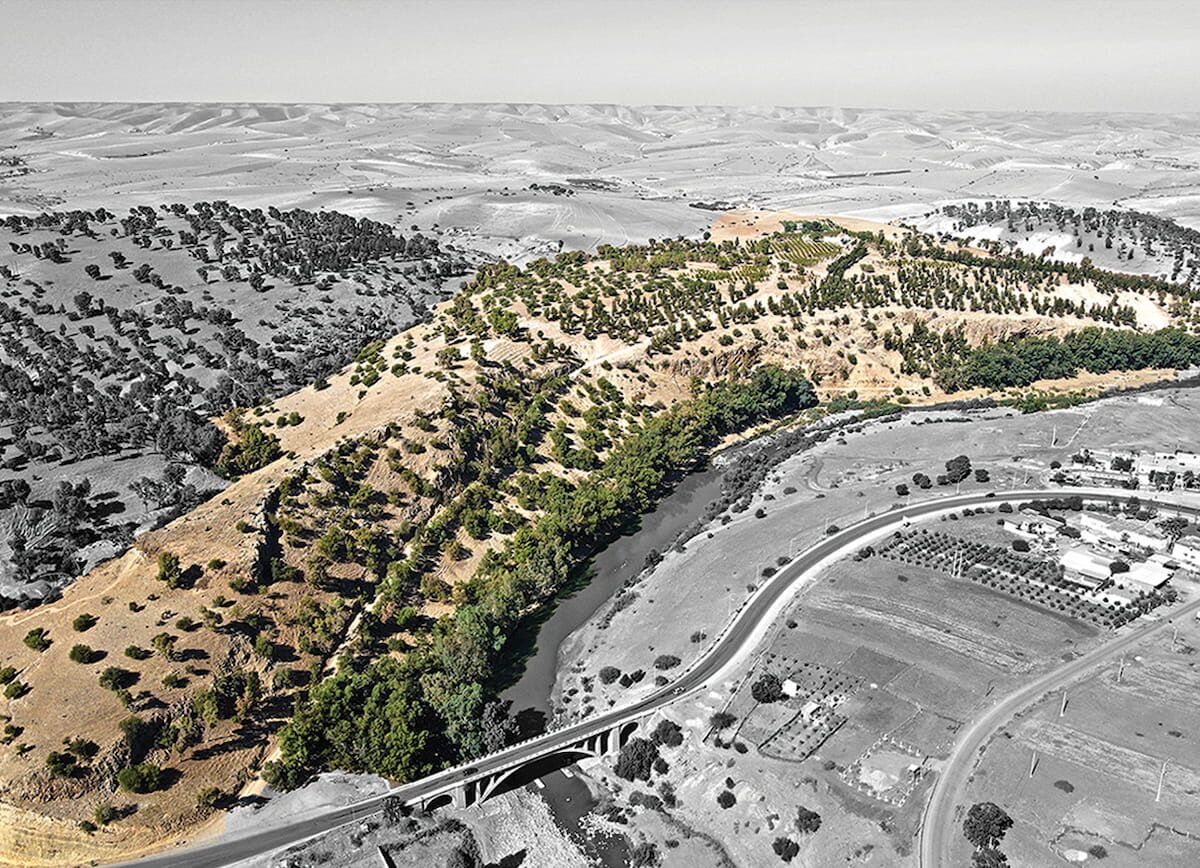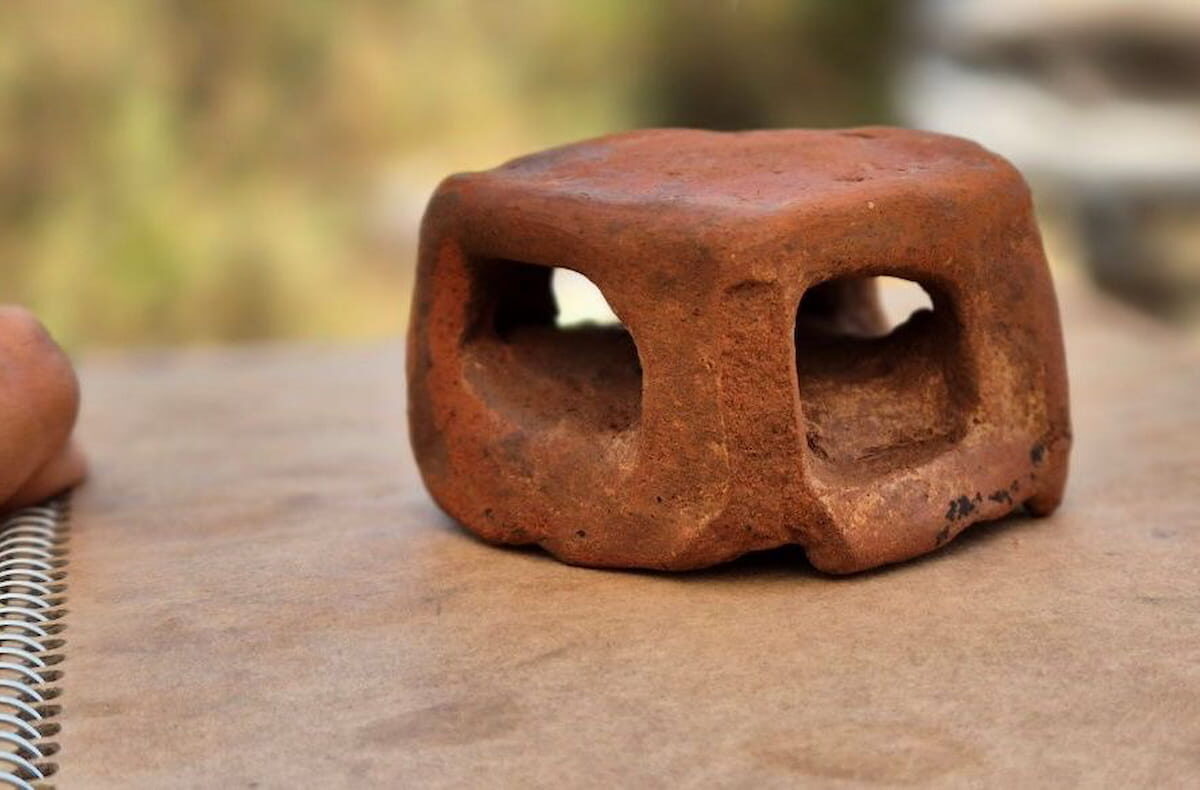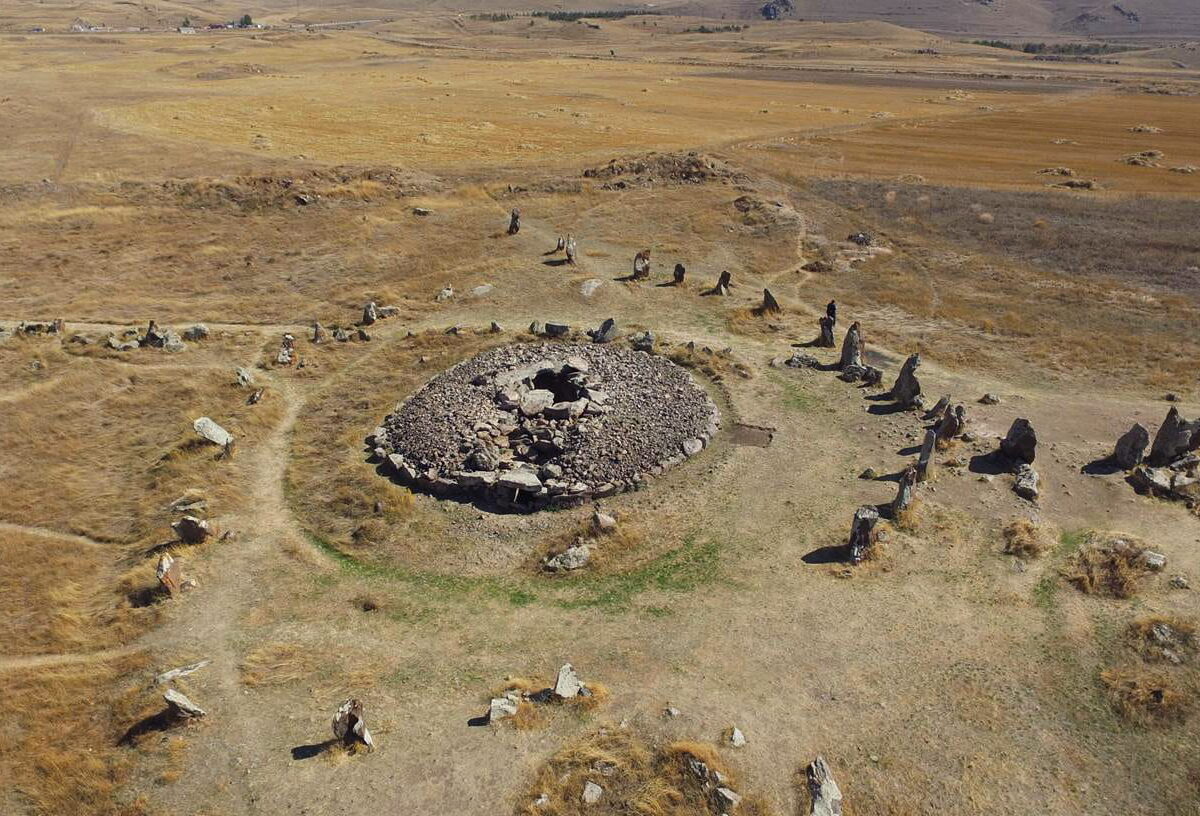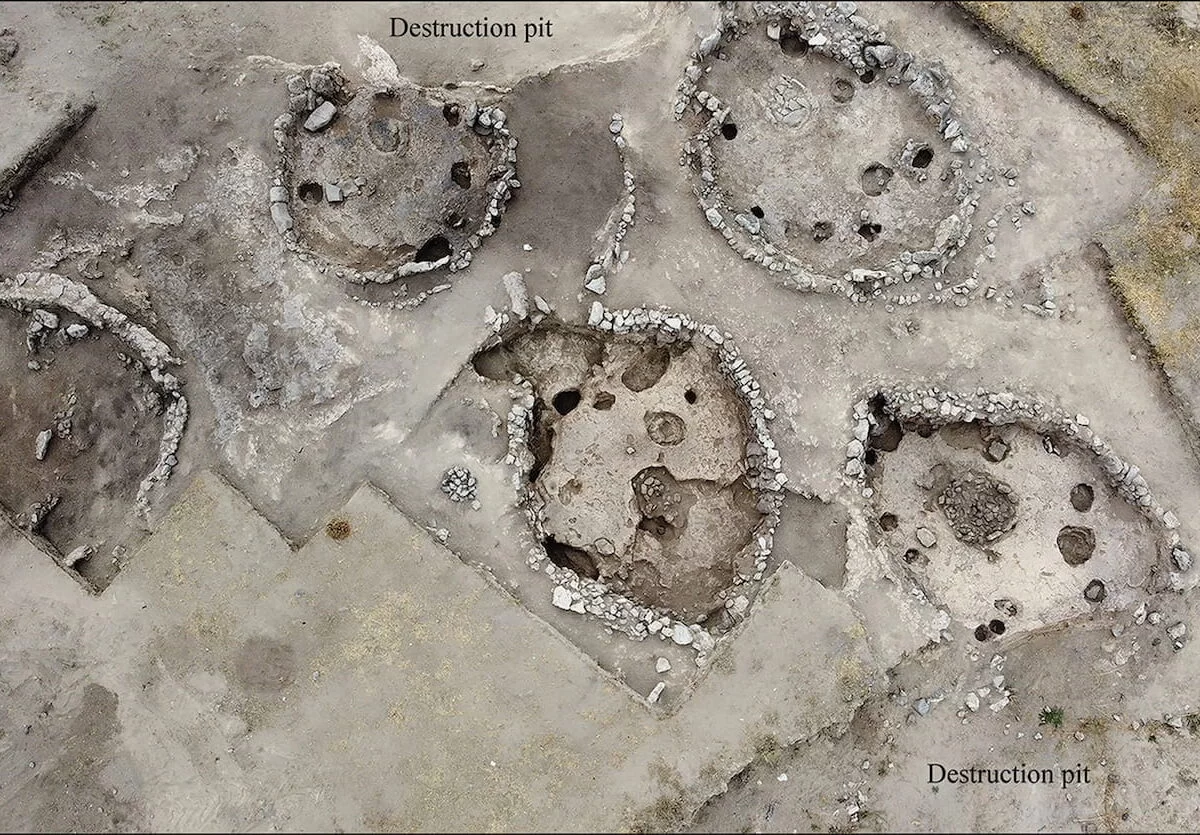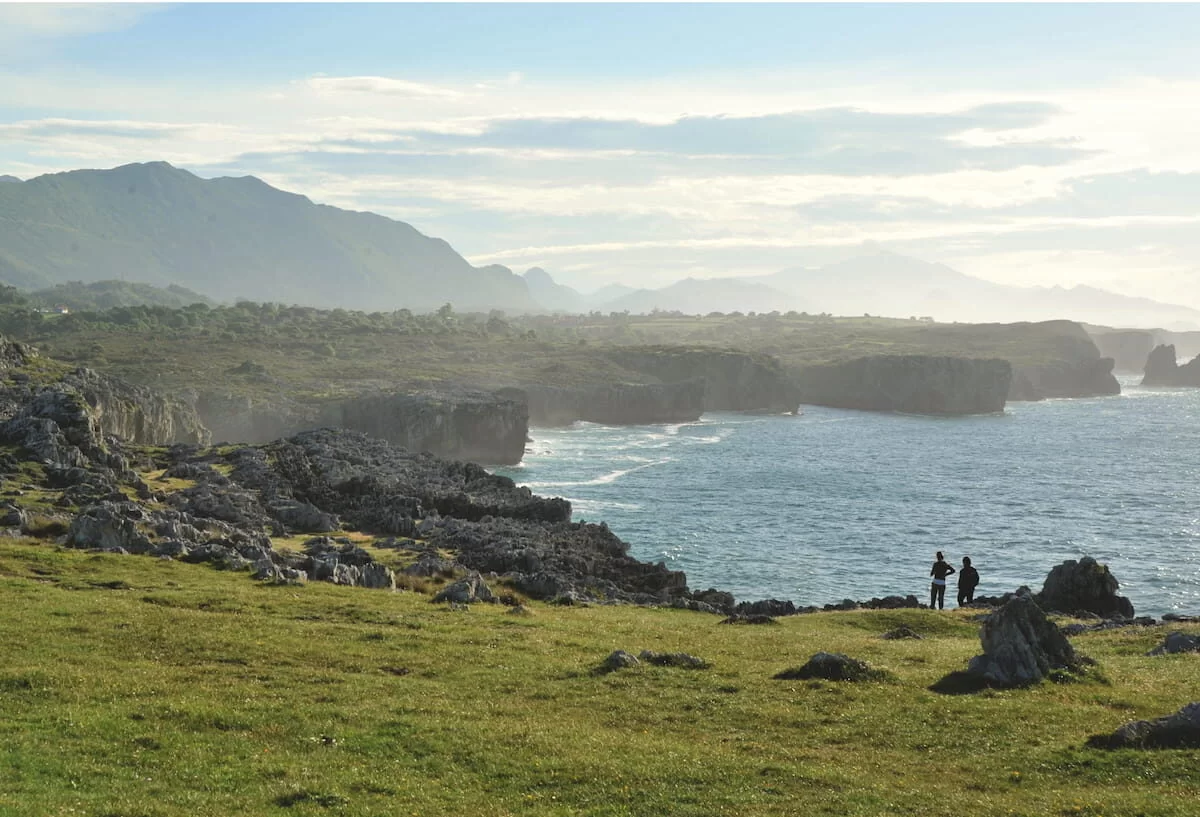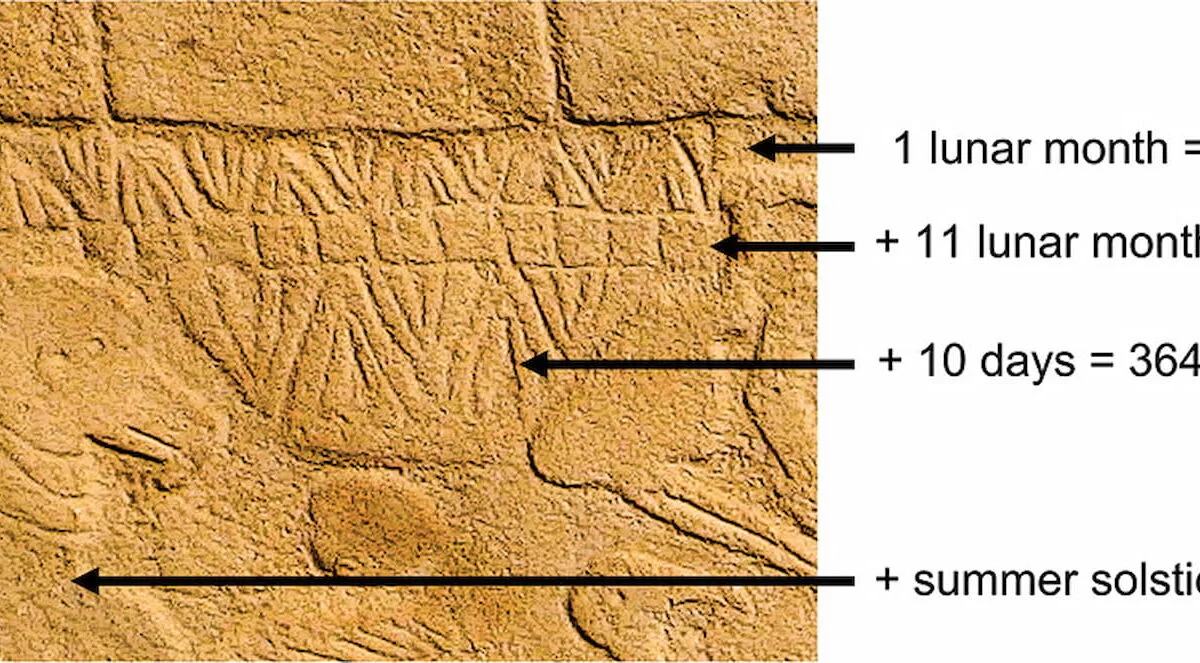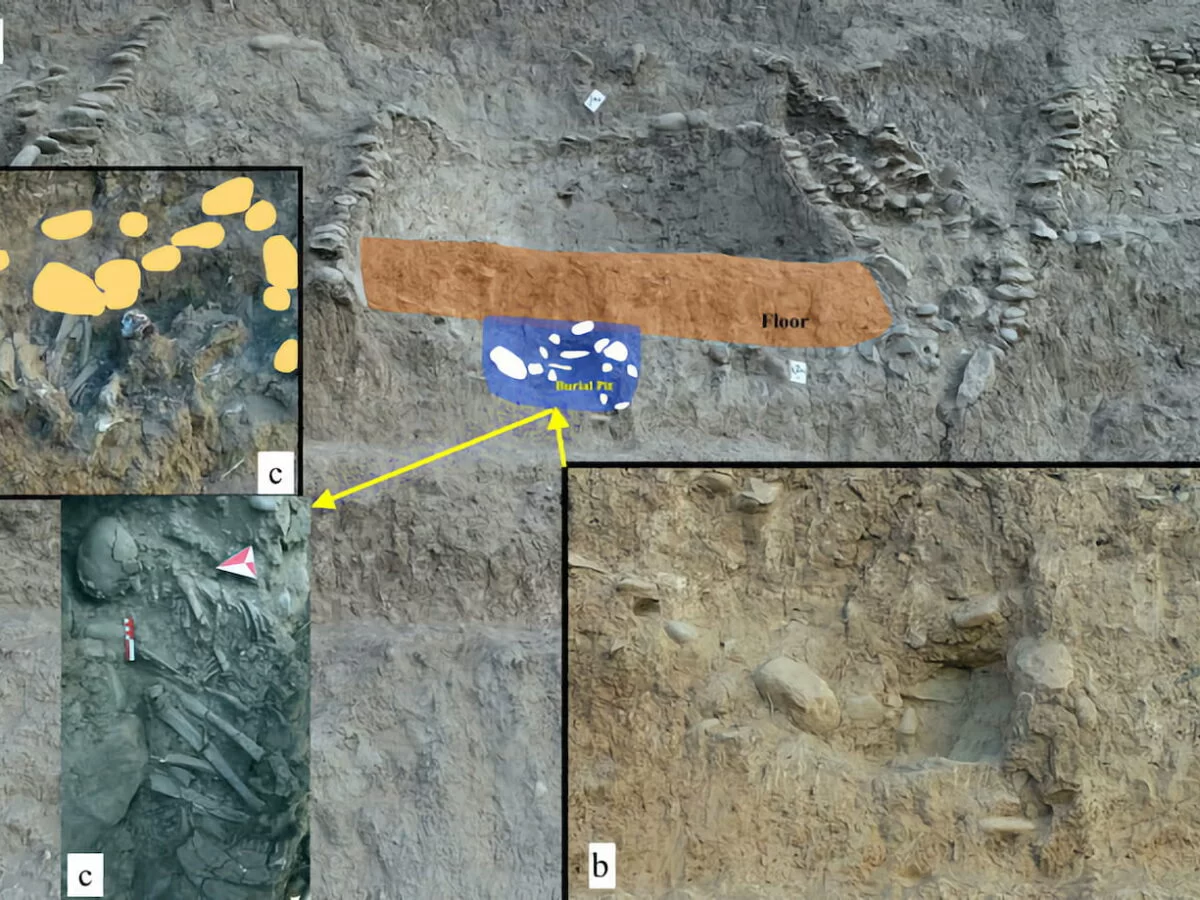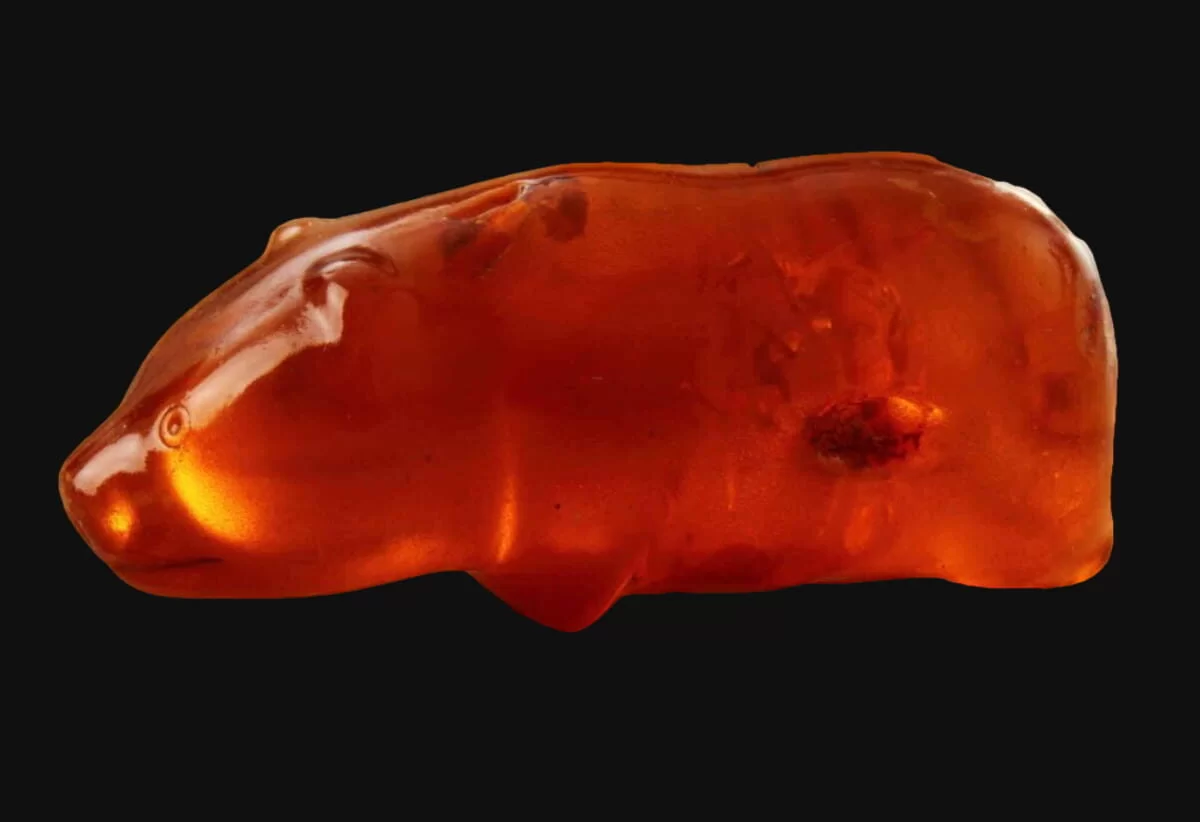A recent study has revealed that the hypogeum cemetery of La Beleña, located in the province of Córdoba (southern Spain), is one of the oldest in the Iberian Peninsula, with remains dating back to around 3700 B.C. Radiocarbon analysis and Bayesian modeling, conducted by a team of researchers from several Spanish universities, have uncovered surprising […]
Neolithic
Neolithic Silos and 60 Elongated Structures of Unknown Function Found in Northeastern France
Located in northeastern France, in the Alsace region, the Pfulgriesheim site has been the subject of extensive archaeological research prior to being developed for a new urban area. This excavation, covering 5.5 hectares, has revealed a fascinating overlap of structures and remains dating from the Late Neolithic to the Early Middle Ages. Through these explorations, […]
An ancient and unknown 5000-year-old agricultural civilization discovered in Morocco
A team of archaeologists has uncovered the remains of an ancient and previously unknown agricultural civilization in Morocco, dating back between 3400 and 2900 BCE. This discovery, reported in the journal Antiquity, shines light on a poorly understood period of North African prehistory and positions the region as a key player in early Mediterranean cultural […]
A Complete Model of a Hearth and Other Findings Found in a Rare Neolithic Settlement at 800 Meters Altitude in Greece
The third excavation campaign was recently completed at the Neolithic site known as the Botanical Garden, located on the western shore of Lake Plastira in Thessaly, Greece. This Neolithic settlement, discovered at an altitude of 800 meters, has revealed valuable findings that provide a deeper insight into the life and culture of Neolithic communities in […]
Megalithic Structures Are Not Mass Graves of Plague Victims from a Neolithic Outbreak
When we think of deadly pandemics, the plague often comes to mind, especially because of the devastation it caused during the Middle Ages. However, new research has revealed that the plague-causing bacterium, Yersinia pestis, has existed in Central and Northern Europe for more than 5,000 years. Scientists have wondered if this bacterium, even in its […]
Balıklı, The Neolithic Settlement of Semi-Subterranean Houses Accessed Through the Roof at the Dawn of Agriculture
Recent research at the Balıklı site, near major obsidian sources, has provided new and important findings about the initial processes of sedentarization on the central Anatolian plateau and the interactions between the region’s earliest Neolithic communities. Located just 14 kilometers northeast of the iconic Aşıklı Höyük site, Balıklı reveals marked differences in the organization of […]
Mystery of prehistoric shell middens in Asturias, Spain, unraveled
A hundred years ago, the Count of Vega del Sella laid the foundation for understanding the prehistoric shell middens of Asturias. Now, a century later, an international team of researchers has tested this century-old model using cutting-edge geoarchaeological techniques. The results, recently published in the journal Quaternary Science Reviews, shed new light on how these […]
Carvings at Göbekli Tepe are the World’s Oldest Calendar, Created to Commemorate the Comet Impact that Gave Rise to Civilization
Carvings on a stone pillar at the 12,000-year-old archaeological site of Göbekli Tepe in Turkey may represent the world’s oldest solar calendar, created as a memorial to a devastating comet impact, according to experts. These intricate carvings, which adorn a site thought to have functioned as an ancient temple complex, suggest a sophisticated understanding of […]
A Neolithic Shaman Buried with Five Distinct Animals Found in the Upper Tigris in Turkey
A team of archaeologists has discovered a tomb at the Neolithic site of Çemka Höyük, located in the Upper Tigris Basin in Turkey. This tomb dates back to the 10th millennium BC and contains the remains of a woman who may have been a shaman or a figure of spiritual significance in her community. The […]
The Amber Bear of Słupsk, an Exceptional Prehistoric Amulet
Although at first glance its appearance may remind us of a tasty gummy bear, the so-called Bear of Słupsk is actually an amulet that is about 3,000 years old. It was discovered in a peat bog near the town of Słupsk in Poland in 1887 and immediately attracted attention for its exceptional state of preservation. […]

